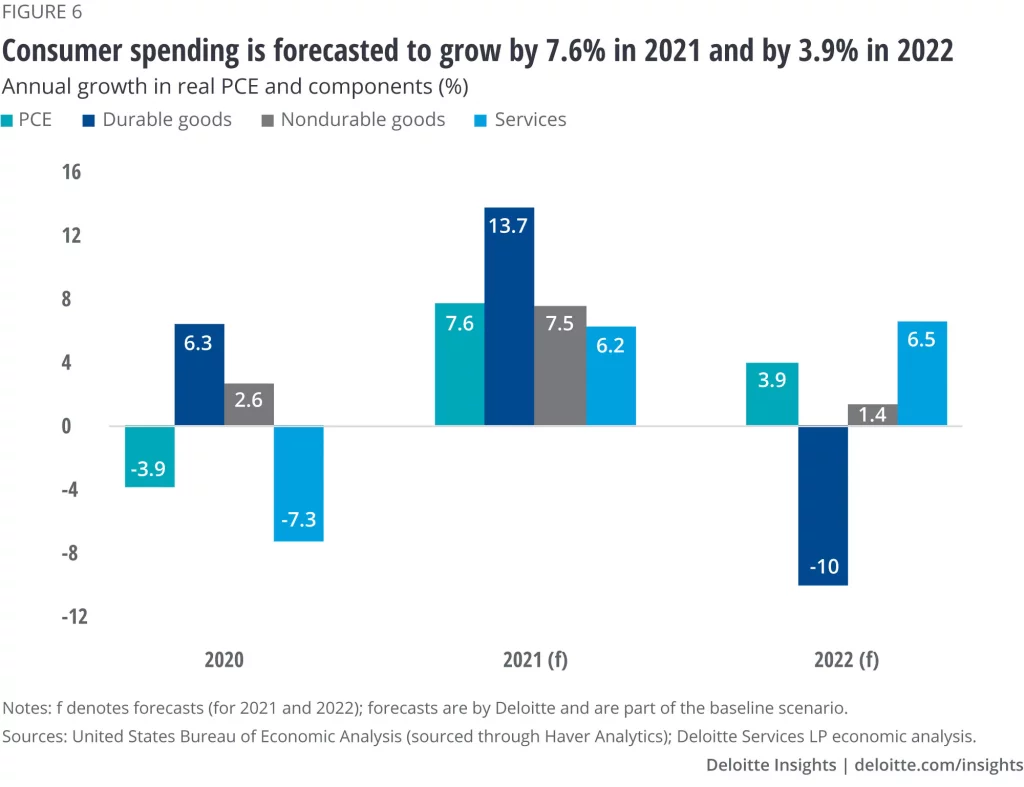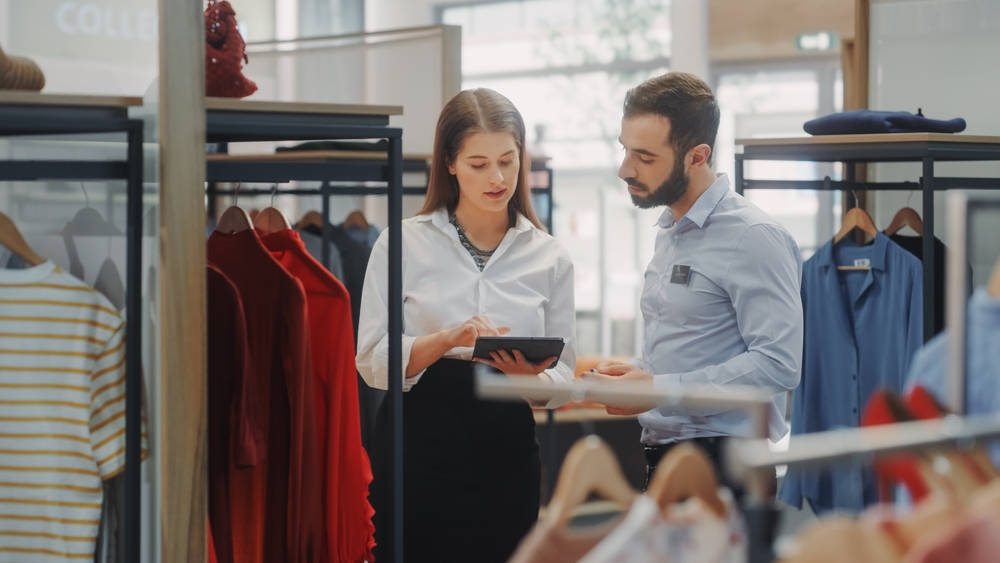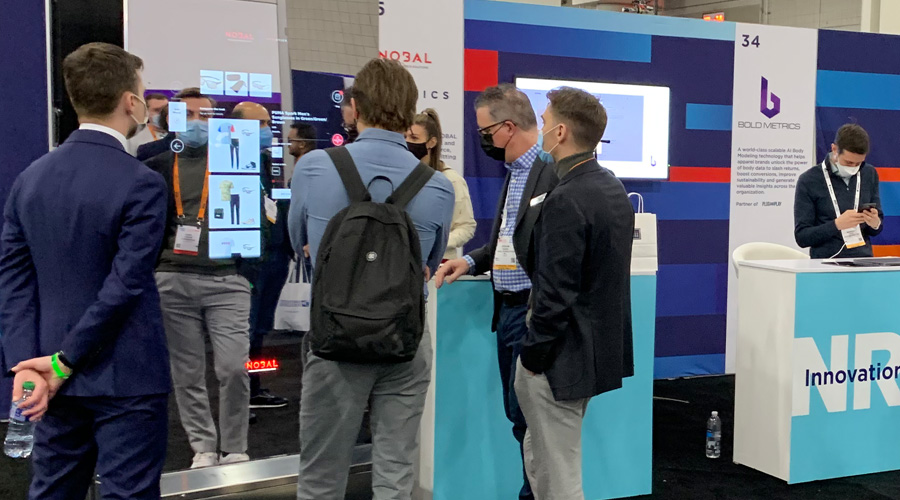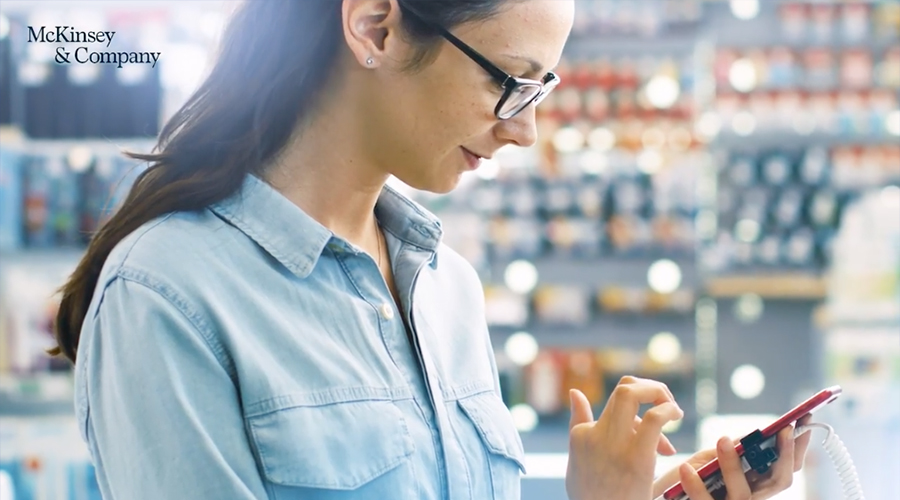Visual merchandising and the customer experience: Why COVID has elevated the importance of visual merchandising to drive brick & mortar sales
By adjusting retail planning and execution at the store level to meet the realities of our new normal, brick & mortar retailers can gain a competitive edge
The majority of us are visual learners, with research showing that a full 65% of the world’s population is driven by what we see. The power of visuals to reach and engage this percentage of the population is significant – visuals stick better in long term memory, visual learners transmit messages faster when they are presented visually, and visual images and cues can trigger emotions.
With those insights into the role of visuals in absorbing and retaining information, its easy to see why visual merchandising is so critical to the customer experience, fostering brand loyalty, and driving conversion rates. Add to that the stats that people sense a visual scene in less than 1/10 of a second and that 90% of information transmitted to the brain is visual, the power of getting visuals right in brick & mortar retail is clear. Effective visual merchandising can lead to greater conversion rates, stronger customer engagement and improved overall performance, all of which are even more critical as the industry recovers from the COVID-19 pandemic.
The pandemic has also changed consumer behavior and in-store opportunities for engagement, creating a fundamental shift in how brick & mortar retailers reach, communicate with, and engage consumers in meaningful ways. Among those shifts, curb-side pickup is one that isn’t going away anytime soon. While the popularity of buy online, pickup in-store (BOPIS) was driven by necessity during the height of the pandemic, it quickly became a convenient, time saving, and safe way for consumers to get products. Retail Dive reported that a CommerceHub report found that 59% of consumers are more likely to use curb-side pickup following COVID and, even when the pandemic fully subsides, 75% of consumers that subscribed to multiple delivery services (such as Amazon Prime) said they would likely continue to opt for curb-side delivery.

While some customers might be spending less time in-store than prior to the pandemic, as a whole, customers are heading back in droves – a trend expected to continue as vaccination rates go up and cases go down. A recent Deloitte report estimates a return to pre-pandemic consumer behaviour normal by the end of this year, coinciding with a strengthened labour market due to increasing employment following a significant 14.3% drop in April 2020. The economy is gaining momentum, and along with the strong labour market, consumer spending is expected to increase largely driven by savings accumulated during the pandemic. As Deloitte noted, “Many consumers may also have a large amount of savings to deploy as economic and health scenarios improve further. We calculate that consumers saved about US$1.6 trillion more than what they would have saved had there been no pandemic.”
Brick & mortar retailers evaluating their visual merchandising strategies should focus on leveraging it as a tool to connect with consumers, with several principals providing a strategic foundation:
- Localize retail planning. Management teams that understand each of their stores through a local lens are empowered to take an informed approach to strategizing, planning, and executing at the local level. Having accurate store-specific information, local retail data and retail analytics, allows retail leaders to understand why and how each store is unique – including everything from layout, to fixtures, to inventory and customer behaviour. With those insights, brand leaders can allocate fixtures and a messaging hierarchy that they can be confident will resonate locally, while building connection, trust and loyalty with customers.
- Storytelling with curated merchandise. The pandemic has increased the need to build a connection with consumers in a short period of time, and that has a lasting impact. When empowered with local insights, brick & mortar retailers can create a brand story through curated merchandise that reflects the store location and local customer preferences, offering customers a tailored experience from the minute they set foot in the store.
- Gain visibility. Planning and planograms are only as effective as implementation. To give brick & mortar retailers confidence that their visual merchandising strategies and campaigns are being accurately executed, digitally optimized planogram software can give unprecedented visibility into the effectiveness of retail operations. With AI at the forefront of this, retail leaders are empowered with a realogram – a tool to see how planograms were executed by having employees hold a phone up to fixtures. HQ gains visibility, control, and a simple way to asses the effectiveness of each store, while stores strengthen their compliance rates and increase performance.
Of course, no amount of visual merchandising can make up for poor customer experience. Retailers need to prioritize frontline employees as brand ambassadors, acknowledging the critical role they play in fostering brand loyalty. Employees bring brands and campaigns to life in-store, often fostering an emotional connection with customers that lasts long after a customer leaves the store. When employees are prioritized, they tend to be more engaged than those that don’t, and engaged employees are significantly more likely to prioritize meaningful customer engagement which can lead to brand loyalty.
The core principles of visual merchandising were critical to sales and conversions even before the pandemic hit, yet the need for strategic, effective, and targeted visual merchandising has never been greater. With customers spending less time in stores and brand loyalty waning – as many as 30 to 40 percent of consumers continue to switch brands or retailers, driven by younger consumers seeking value, quality, and purpose driven alignment – brick & mortar retailers can’t afford not to.








166 Responses
Comments are closed.